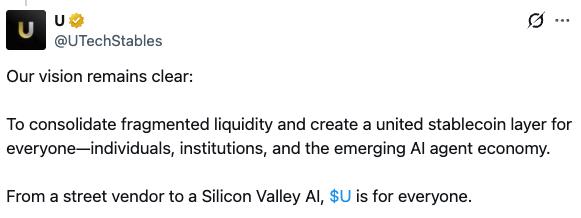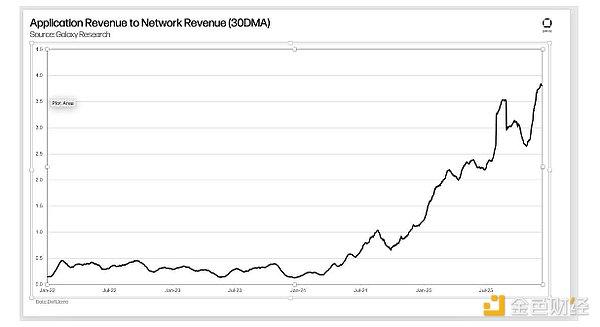Source: Blockchain Knight
On February 21, the U.S. Securities and Exchange Commission (SEC) Crypto Taskforce and Strategic Execution Chair Michael Saylor, the Crypto Council for Innovation (CCI), and representatives from the Massachusetts Institute of Technology Research Corporation (MITRE) met to discuss the best approach to regulating Crypto assets in the U.S.
According to the SEC's shared memorandum, the Taskforce staff reviewed a framework document during the meeting that defined a Crypto taxonomy and regulatory structure.
The document categorized digital commodities, including BTC, digital securities tied to issuers, fiat-backed digital currencies, utility-focused digital tokens, Non-Fungible Tokens (NFTs) for unique digital applications, and asset-backed token (ABT) assets tied to physical commodities.
The document clarified the rights and responsibilities of issuers, exchanges, and asset owners through calls for fair disclosure, transparent custody practices, and compliance with local laws. The framework also proposed standardized disclosure, industry-led compliance processes, and limits on asset issuance and maintenance costs.
Additionally, Saylor's remarks emphasized the potential for faster, lower-cost, and more widely accessible asset issuance, as well as transformations in capital markets that could be reinforced by strategies like BTC reserves to strengthen the dollar and reduce government debt.
Revisiting Staking Services
CCI representatives suggested clarifying the regulatory treatment of staking services, passive blockchain data platforms, and incentive-based rewards.
The meeting included 20 representatives from Crypto industry firms such as Coinbase, a16z, and the Filecoin Foundation.
They recommended issuing guidance or no-action relief to confirm that genuine staking services and related infrastructure providers are not subject to securities laws. This change could allow Crypto exchange-traded products (ETPs) to include staking activities in their filings.
CCI also suggested that platforms providing only access or data display functions should be excluded from the definitions of brokers, exchanges, or alternative trading systems when they offer blockchain exploration tools and non-custodial Web3 marketplaces.
The recommendation also called for guidance to define the non-security status of NFTs, which are primarily used as art, collectibles, virtual land, or similar non-financial applications.
Other suggestions included issuing no-action letters, suspending only-compliant enforcement actions, and modifying the rulemaking process to consider decentralization and on-chain transactions. These measures aim to balance investor protection with support for industry innovation.
The council urged the SEC to draw on previous decisions and industry momentum to enhance regulatory clarity and investor protection in the U.S.
Research-Driven Insights on Stablecoins
MITRE presented its research and development activities focused on the Crypto market and its regulatory implications.
As a federally funded research and development center for the U.S. Treasury Department, the company outlined its work on a logic-based stablecoin regulatory approach, developing workflow tools to support comment processing, and using policy visualization systems to determine regulatory dependencies.
MITRE also detailed its digital asset threat sharing platform and Crypto-focused cyber threat framework.
The research findings discussed at the meeting revealed hidden centralization issues in Decentralized Finance (DeFi), emphasized the need for bank stress testing in DeFi-traditional finance integration scenarios, and suggested implementing circuit breakers at the smart contract level to mitigate risk propagation.
MITRE's technical work aims to support the SEC's rulemaking by providing data-driven insights and innovative tools to establish a regulatory framework that can address the evolving challenges of the digital asset ecosystem.
The meeting concluded with a comprehensive review of the proposals and research, aiming to establish a regulatory framework that can support innovation while ensuring market integrity.






